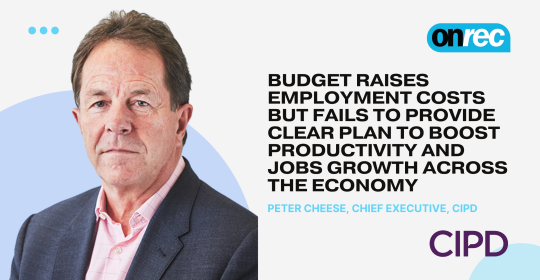“With the Employment Rights Bill entering its final stages in Parliament today, we’re seeing one of many reforms aimed at tightening regulations around fire-and-rehire practices and redundancy processes.
Given the complexity of the bill and the sheer number of reforms being introduced, businesses will need to take a more strategic approach to workforce planning.
Our data shows that more than half (55%) of employers don’t fully understand their existing skills gaps or integrate this understanding into their talent strategies. Advances in AI are only going to broaden this gap and quickly.
This lack of visibility and action only widens the workforce readiness gap, making organisations more vulnerable to disruption. With the bill now becoming the new normal, businesses must prioritise workforce agility, identifying transferable skills, reskilling where necessary, and ensuring employees feel supported in their development and growth.
A smarter, skills-first approach will not only help businesses stay compliant but also build resilience and long-term success.”
Employment Rights Bill offers a chance to truly level the playing field on pay
Paramita Chatterjee, Vice President, People Business Partner at Cornerstone says:
“With the Employment Rights Bill entering its final stages in Parliament today, equal pay is top of the agenda, with employers needing to be more transparent than ever about their pay practices.
This is a positive and necessary step. Equal pay is an absolute necessity for achieving genuine workplace equity, and the gender gap is about far more than just compensation, it reflects how skills and contributions are valued across the workforce.
Employers should view this bill as an opportunity to level the playing field across their business, by investing in internal development and leadership programmes to help bridge any gaps for all. Without embedding ‘equal skills for equal pay’ into planning, true equity cannot be achieved.
By identifying skill sets, addressing clear gaps, and aligning pay with contribution, employers can create an inclusive environment where all genders are recognised for their value and supported in their growth.”






